The Mediterranean style of architecture is characterized by its warm and inviting aesthetic, inspired by the traditional architectural designs found in countries surrounding the Mediterranean Sea, such as Spain, Italy, Greece, and Morocco. This style is often associated with coastal regions and has become popular in many parts of the world.
Here are some key features of Mediterranean architecture:
-
Exterior: Mediterranean buildings typically have stucco or plastered walls in earthy tones like white, beige, or terracotta. The roofs are usually made of red clay tiles and may feature low-pitched or flat roofs. Arched windows and doorways are common, adding a sense of elegance and charm to the exterior.
-
Courtyards and Patios: Mediterranean architecture often incorporates courtyards or patios as central gathering spaces. These areas are usually surrounded by the building itself or covered with pergolas or trellises adorned with climbing plants. They provide shade and create a seamless transition between indoor and outdoor living.
-
Terraces and Balconies: To take advantage of the pleasant climate, Mediterranean-style buildings often feature terraces and balconies. These outdoor spaces offer panoramic views and serve as additional areas for relaxation and entertainment.
-
Ornamental Details: Intricate details and decorative elements are prominent in Mediterranean architecture. This includes wrought iron balconies, window grilles, and gates. Ceramic or mosaic tiles are used to embellish surfaces, adding vibrant colors and patterns.
-
Archways and Columns: Arches and columns are significant architectural elements in Mediterranean design. Arched openings can be seen in windows, doorways, and even interior spaces, creating a sense of grandeur and openness. Columns, often made of stone or brick, are used to support porches, balconies, and covered walkways.
-
Natural Materials: Mediterranean architecture emphasizes the use of natural materials. Stone, brick, and wood are commonly employed, reflecting the region's local resources. These materials not only contribute to the aesthetic appeal but also help regulate temperature and provide insulation.
-
Open Floor Plans: Mediterranean-style homes often feature open floor plans that encourage a flow of air and light throughout the interior spaces. This design allows for a seamless transition between rooms and promotes a sense of spaciousness.
-
Water Features: Given the proximity to the sea, water features are frequently incorporated into Mediterranean architecture. This can include fountains, pools, or even small ponds, adding a soothing and refreshing element to the overall design.
This is one of the forty original architectural styles based on which I generated references for the interior and exterior of the target building.
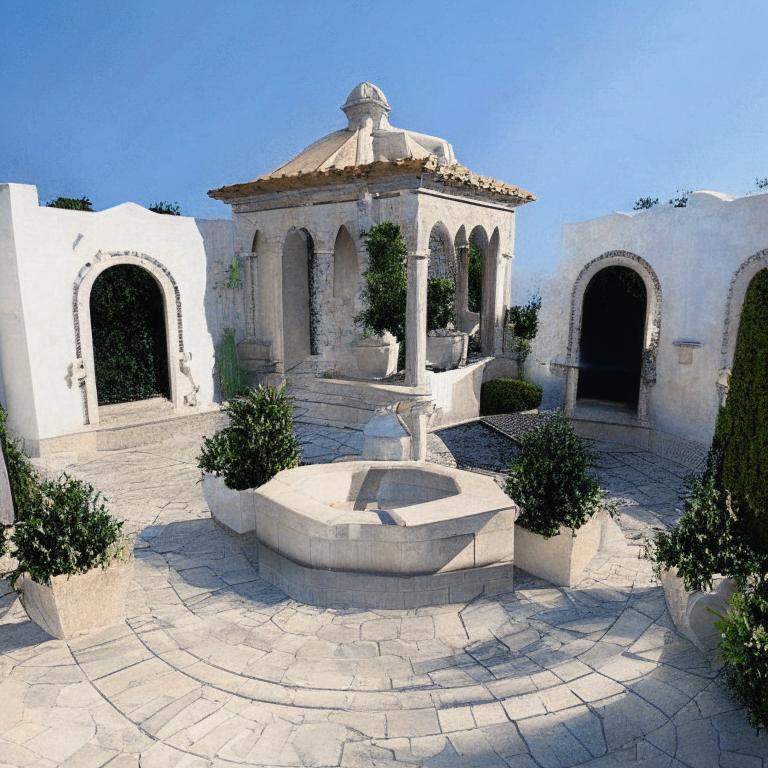
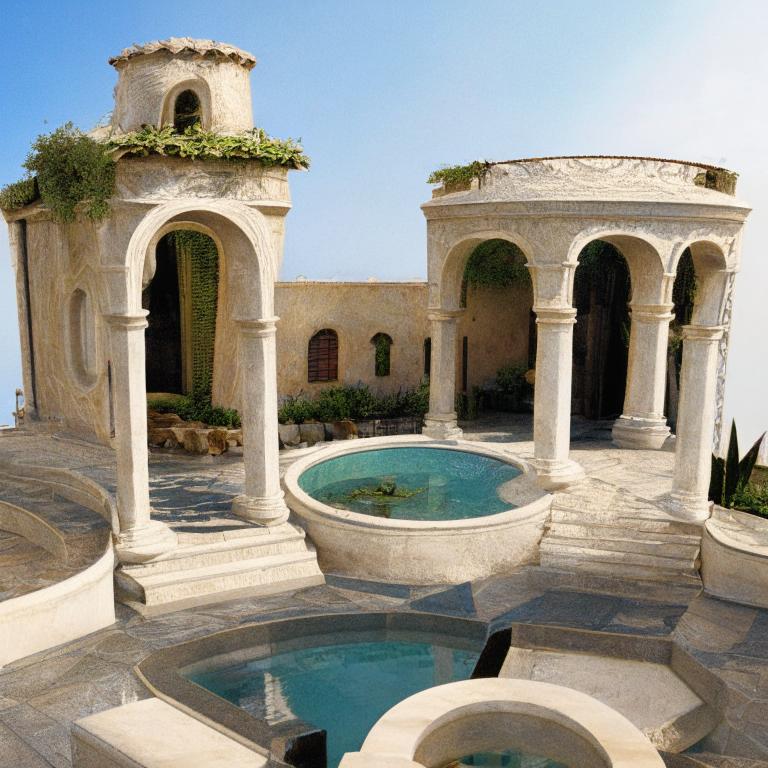
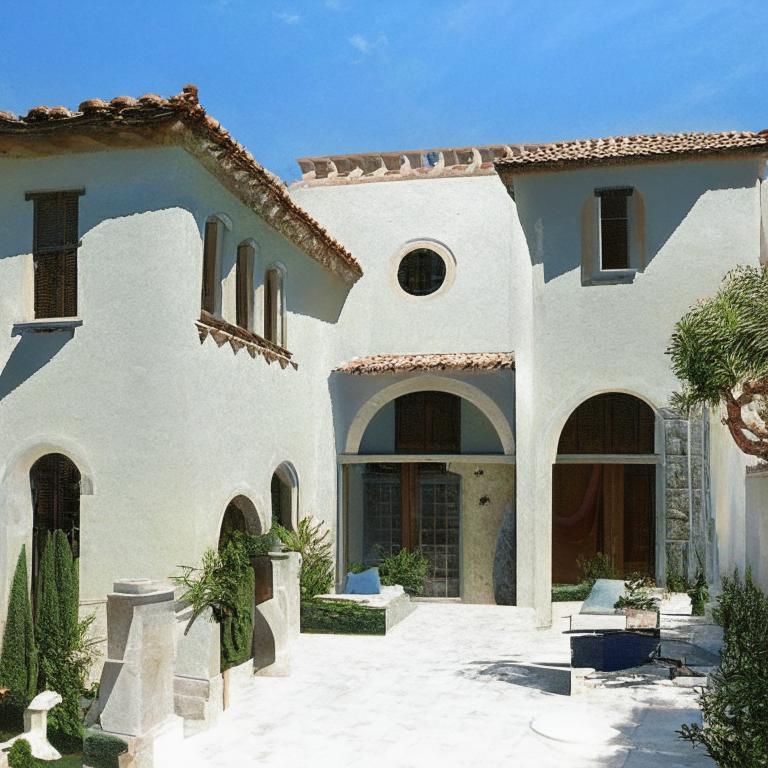
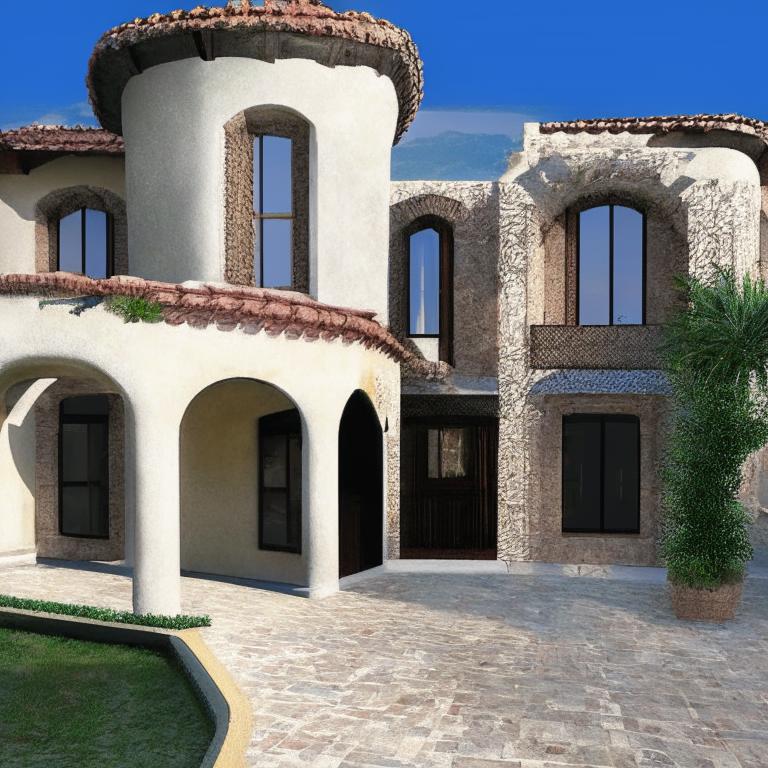
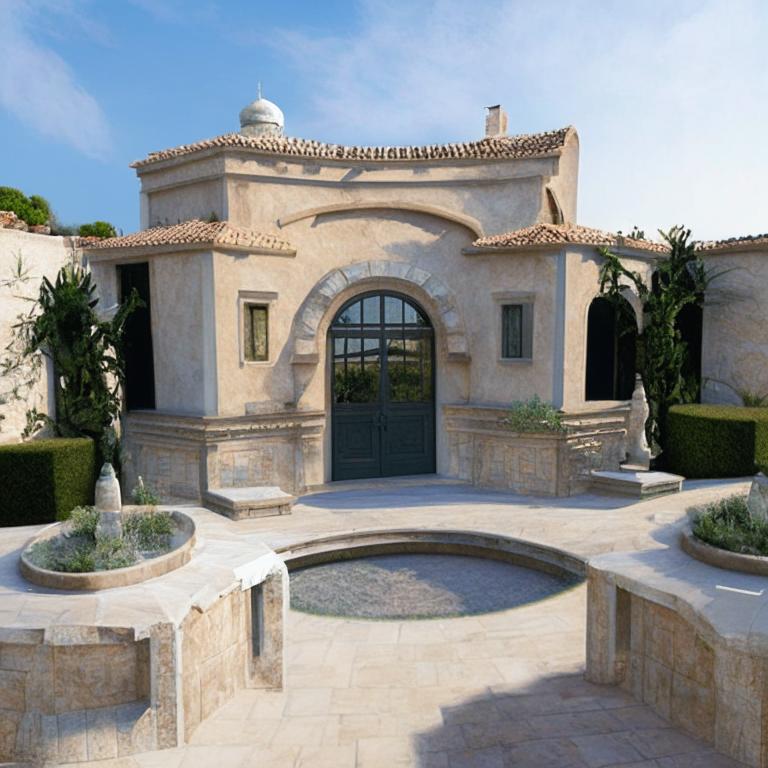
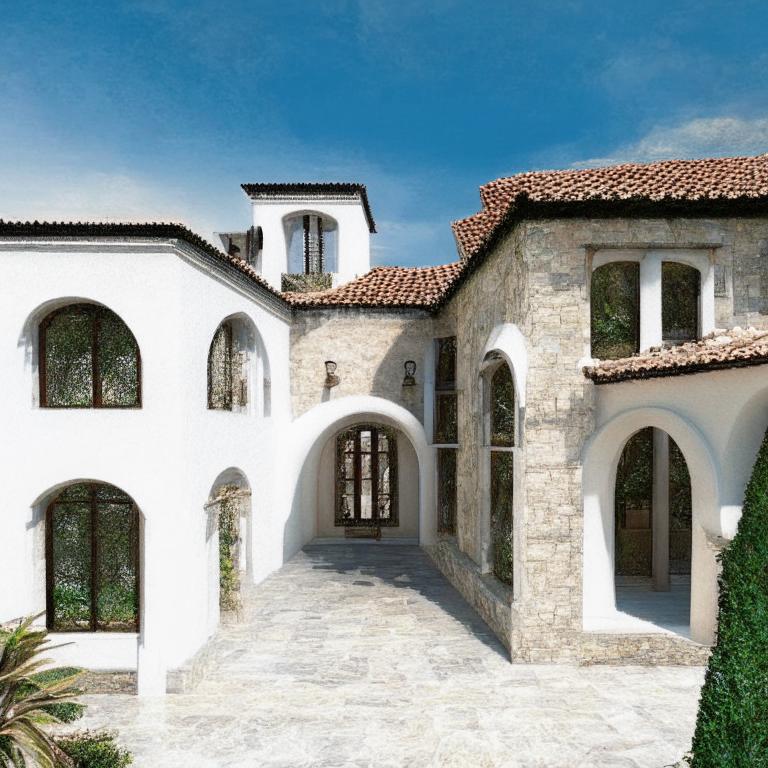

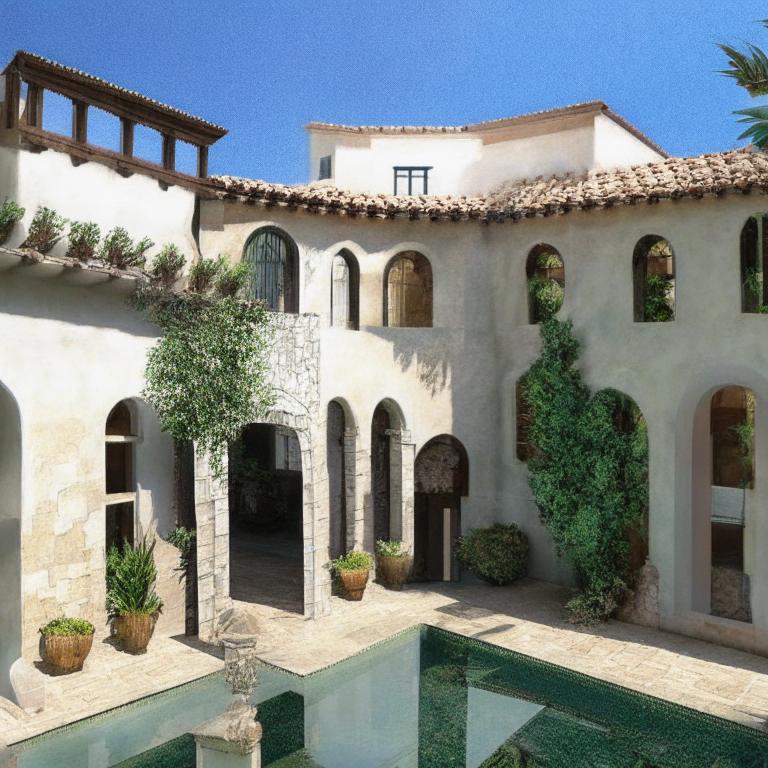
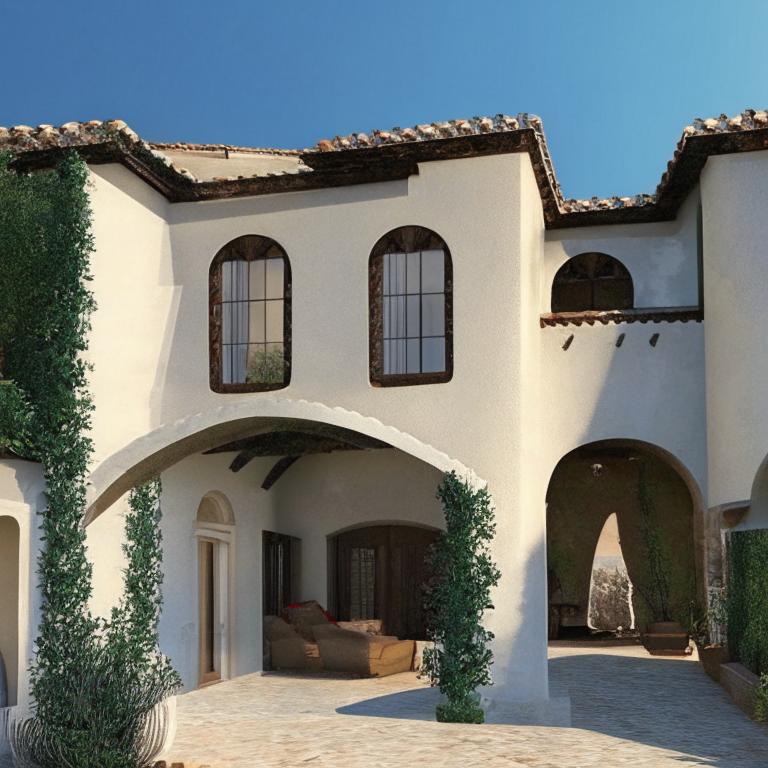
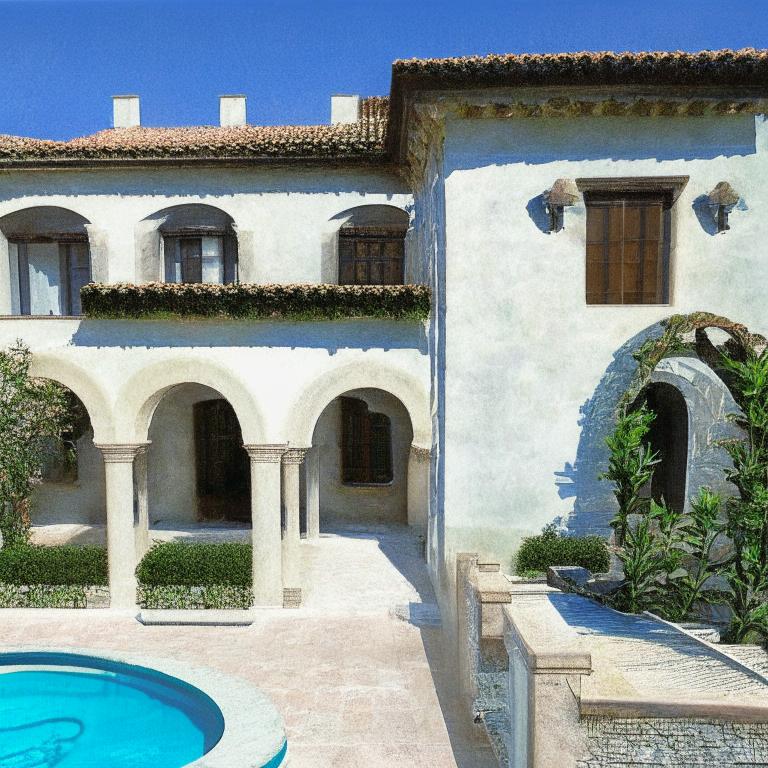

There is no comments